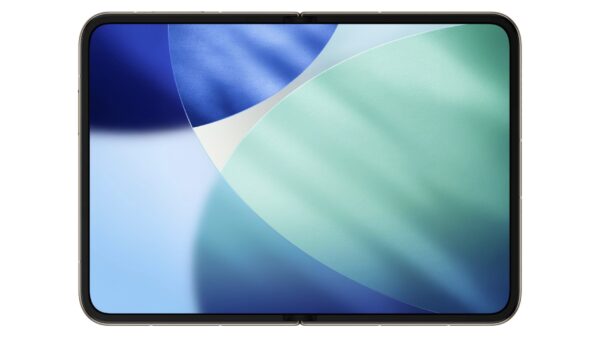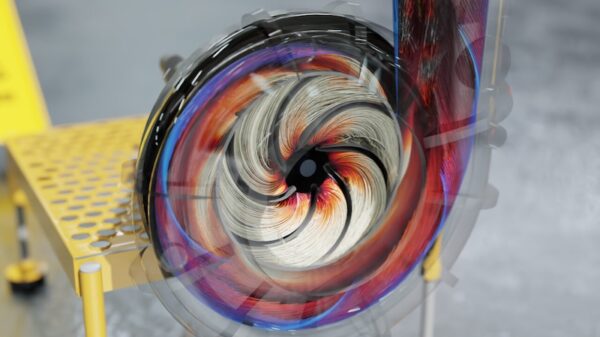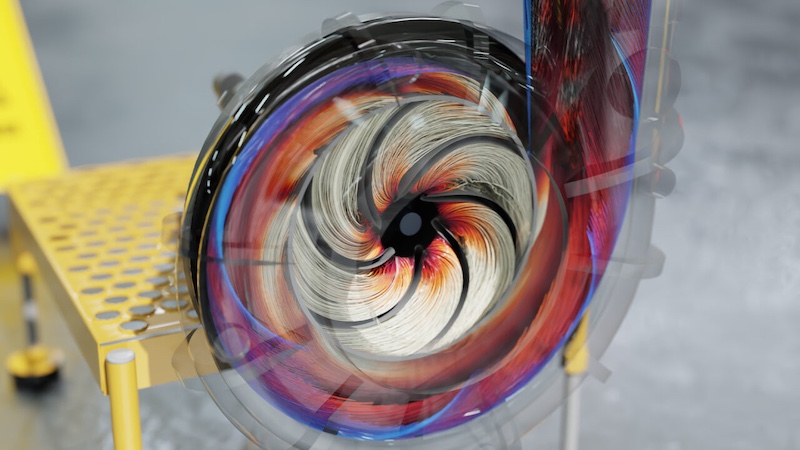Nvidia has announced that its new AI physics platform, the DoMINO NIM microservice, is enabling leading aerospace and automotive companies to accelerate complex engineering tasks by as much as 500 times. This breakthrough is part of the Nvidia PhysicsNeMo framework, which integrates GPU-accelerated computing, AI-driven physics modeling, and interactive digital twins to transform simulation processes for aircraft, vehicles, and heavy machinery.
The platform allows for “near real-time simulation” of physical systems, which significantly compresses design cycles. Engineers can now explore larger design spaces with enhanced accuracy, fundamentally changing how enterprises conduct simulations. Nvidia asserts that this level of speed “unlocks incredible speedups and gives solutions providers the freedom to explore groundbreaking designs at previously inconceivable scales and accuracy.”
Major Advancements in Simulation Speed
Simulation firms are already reporting significant performance improvements. Ansys, a subsidiary of Synopsys, has utilized Nvidia PhysicsNeMo to achieve engineering speedups of “up to 500x.” This remarkable enhancement results from the combination of GPU acceleration and AI-driven physics models. The framework offers a highly accurate initial state for fluid simulations, a traditionally costly and iterative process, which reduces runtime while multiplying performance gains. According to Nvidia, fluid simulations can operate “up to 50x faster” with tools like Ansys Fluent, and leveraging PhysicsNeMo pretrained models can amplify this speed by an additional factor of 10.
Aerospace manufacturers are among the first to adopt these advancements. Northrop Grumman and Luminary Cloud are employing Nvidia’s accelerated compute stack for spacecraft thruster nozzle design. Luminary’s CUDA-X-accelerated Computational Fluid Dynamics (CFD) solver has enabled Northrop to generate a substantial dataset, facilitating the training of a surrogate nozzle model on Luminary’s cloud platform, powered by PhysicsNeMo. This innovation allows engineers to rapidly assess thousands of design options and identify optimal configurations. Additionally, Blue Origin is applying PhysicsNeMo to design next-generation space vehicles, utilizing combined datasets to train AI models that can swiftly explore design candidates before validating results with high-fidelity CUDA-X solvers.
Broader Industry Impact
Nvidia’s initiatives reflect a broader industry trend towards GPU-accelerated computational engineering. Cadence is advancing real-time simulation through its Cadence Fidelity CFD platform, enhanced by Nvidia CUDA-X libraries. The Millennium M2000 supercomputer is aiding aerospace manufacturers in generating extensive AI training datasets while interactively optimizing designs. Furthermore, a global energy company has leveraged the Cadence Fidelity LES Solver alongside Nvidia Grace Blackwell-accelerated platforms for high-fidelity multiphysics simulations pertaining to turbine systems.
Nvidia emphasizes that these technological breakthroughs signify a new era of AI-driven engineering. The acceleration in simulation speed and accuracy is poised to reshape the design processes of complex systems across various sectors, including aerospace, automotive, and energy. As companies continue to adopt these advancements, the implications for efficiency, performance, and innovation are profound, marking a pivotal moment in engineering practices.



































































